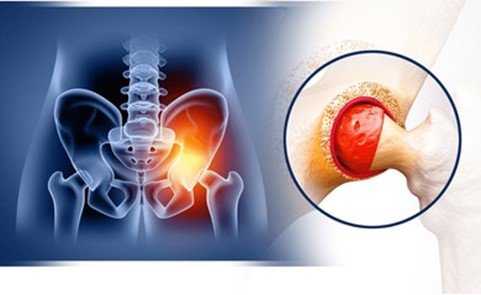Managing Swelling 3 Months After Hip Replacement
🩺 Managing Swelling 3 Months After Hip Replacement
Guidance by Dr. Devasis Sarangi – Leading Orthopedic & Joint Replacement Surgeon, Bhubaneswar
Hip replacement surgery is a transformative procedure that can relieve chronic pain, restore mobility, and improve your quality of life. However, recovery doesn’t end in the hospital. Many patients find themselves dealing with mild to moderate swelling even 3 months after surgery, which can raise concerns.
Let’s dive into what’s normal and how you can effectively manage swelling with tips from Dr. Devasis Sarangi, Bhubaneswar’s trusted orthopedic expert.
🕒 Is Swelling After 3 Months Normal?
Yes, in most cases, some residual swelling is normal even after 3 months. The body takes time to fully adjust after a major joint replacement. Post-operative inflammation, fluid retention, and activity-related strain can all contribute to lingering swelling.
However, it’s important to differentiate between normal healing and signs of complications.
⚠️ When to Be Concerned:
Swelling may need medical attention if it's accompanied by:
- Increased pain or redness
- Fever or warmth at the surgical site
- Sudden, severe swelling
- Wound drainage or pus
If any of these symptoms occur, consult Dr. Sarangi immediately for an evaluation.
💡 Causes of Swelling 3 Months Post Surgery:
Some common causes of delayed swelling include:
- Prolonged standing or walking
- Overuse of the operated limb
- Blood circulation adjustment
- Delayed lymphatic drainage
- Tight muscles or soft tissue inflammation
These are generally manageable with conservative treatments and proper care.
Tips to Manage Swelling Effectively:
Dr. Devasis Sarangi recommends the following home-care measures for swelling management:
1. 🧊 Cold Compress
- Use an ice pack wrapped in a towel for 15–20 minutes
- Repeat 2–3 times daily, especially after activity
2. 🛌 Leg Elevation
- Elevate the leg using pillows while resting
- Helps reduce fluid accumulation in the joint
3. 🧦 Compression Garments
- Use compression stockings if prescribed
- Supports venous return and limits fluid build-up
4. 🏃♂️ Gradual Activity & Physiotherapy
- Don’t overdo walking or exercises
- Follow your prescribed physiotherapy protocol
- Avoid sudden movements or squatting
5. 💊 Medication Support
- Anti-inflammatory medications may be used under doctor supervision
- Avoid self-medication or overuse of painkillers
6. 🥗 Maintain a Balanced Diet
- Reduce salt intake to prevent fluid retention
- Stay hydrated and consume anti-inflammatory foods
🩺 Regular Follow-Ups Are Key
Post-surgery follow-ups with your orthopedic surgeon are essential. At his Bhubaneswar clinic, Dr. Devasis Sarangi monitors each patient’s progress, including swelling, mobility, implant integration, and overall joint function.
If you're concerned about ongoing swelling or discomfort, don't wait—book a consultation for a personalized recovery assessment.
About Dr. Devasis Sarangi:
Dr. Devasis Sarangi is one of Odisha’s most experienced orthopedic surgeons, specializing in hip and knee joint replacements. Known for his evidence-based care and patient-first approach, he offers:
- Modern surgical techniques
- Robotic joint replacement (if needed)
- Comprehensive pre- and post-op care
- Personalized rehab plans
📍 Location: Bhubaneswar, Odisha
📞 Contact: +91 7439639241
🌐 Website: Dr Devasis Srangi
📝 Final Thoughts
Swelling 3 months after hip replacement is usually part of the healing process, but it should never be ignored. With the right care plan and expert supervision from Dr. Devasis Sarangi, you can continue your recovery with confidence and return to a pain-free life.


